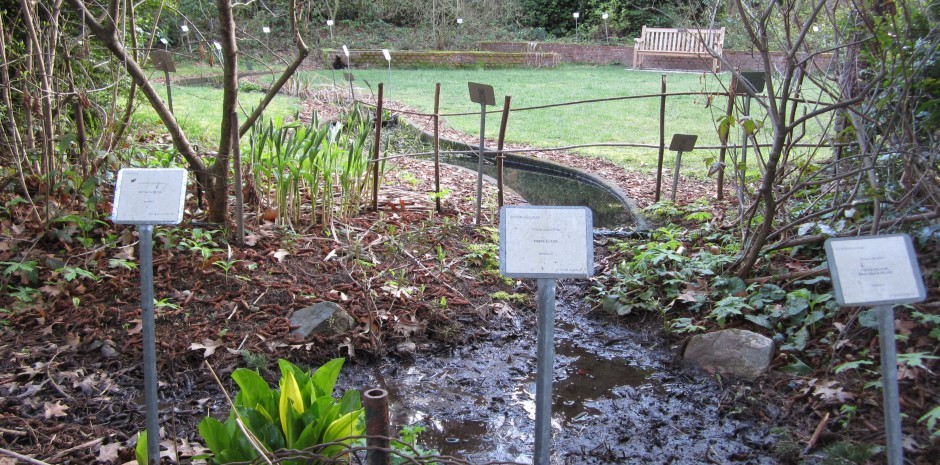Evey year, just before graduation, it’s time to trim the hedge that runs along Stevens Way from the west side of section D to the east side of section E. It’s a mixed hedge of privet (Ligustrum japonicum) holly (Ilex aquifolium) and bay laurel (Laurus nobilis). They’re all still there, but the root suckers from the many species of hawthorn (Crataegus spp.) which grow adjacent to the hedge on the north side, have made their way, along with tall Oregon grape (Berberis aquifolium), into the privet section. It’s hedge trimmer’s choice, how to deal with these uninvited guests. My only absolute rule is to leave no gaping holes. As long as everything is more or less green, who cares? My battery powered hedge trimmer with a 24 inch blade makes the work such a pleasure compared to the manual hedge shears which I used for far too long.
Last Friday, the UW Society of Ethnobiology, of which I’m a proud member, hosted a workshop in Cascara Circle, entitled Weaving with Invasives, taught by local master weaver Melinda West. Using reed canary grass (Phalaris arundinacea), English ivy (Hedera helix) and yellow flag (Iris pseudoacorus) harvested from around campus, participants in the workshop wove baskets and made cords from these three invasive species.

Reed canary grass and yellow flag, ready for cordage and baskets. First they were dried and then soaked to make them supple.
Watching people make baskets is like watching people planting, winnowing seeds, throwing nets for fishing, stalking animals or gathering berries in the forest. These basic, fundamental human activities haven’t changed that much in thousands of years.
And what a brilliant way to transform the overabundance of certain plants into a bountiful source of raw material for crafters. There’s a lot of reed canary grass and ivy in this state.

A great, meditative way to spend time and slow down in our crazy, fast-paced world. Perhaps there will be more events like this one…
Meanwhile, the garden is beginning to bloom.
And finally, the moment we’ve all been waiting for (at least I have): one of the tamarillos was barely ripe enough to sample, so, rather than wait, I tried it and loved its complex tastes and textures. Why don’t they sell them here? Somebody should start importing them (or growing them down south) soon.

Tamarillo (Solanum betacea), not absolutely ripe but really good. It’s tart, with an exotic, tropical fruit taste that is vaguely familiar, like kiwi crossed with papaya and honeydew melon, but not quite. It’s hard to pin it down…I’ll need to eat about a dozen more before I have the answer.
like all the best things
so hard to describe its taste
first tamarillo
See you in the garden.











